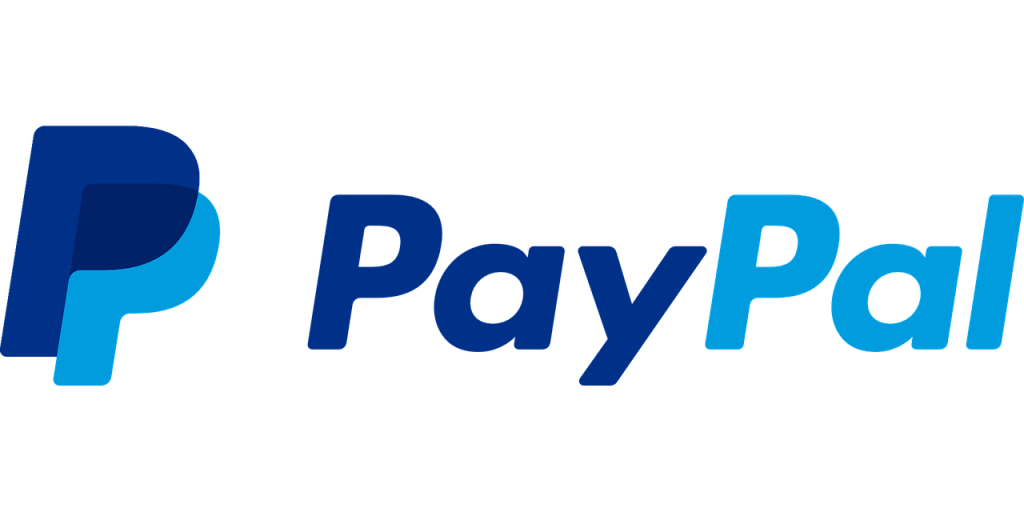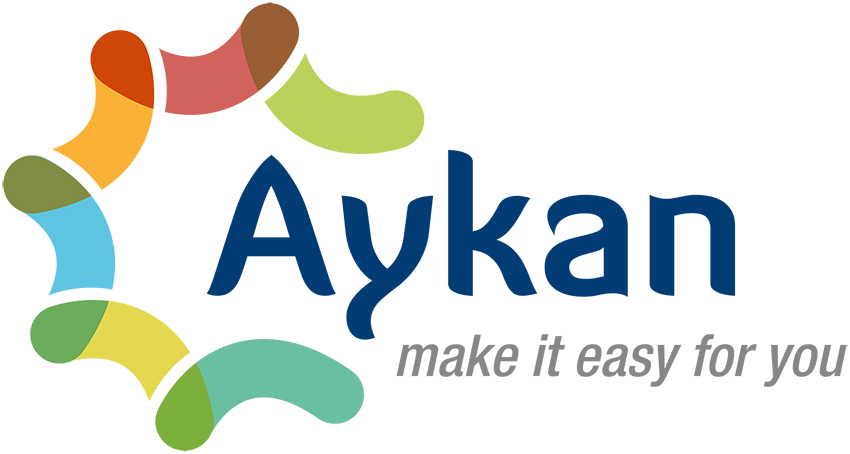The tourism industry is undergoing a significant digital transformation. As travelers increasingly seek authentic, local, and personalized experiences, digital platforms are becoming the preferred medium to discover and book these services. Rather than relying on large travel agencies or generalized search engines, people are looking for niche platforms that connect them directly with local service providers. If you’ve been thinking about tapping into this trend, building a marketplace for tourism services could be your golden opportunity.
Fortunately, with Sharetribe, you can build a professional, scalable marketplace without needing to code everything from scratch. In this guide, we’ll explore everything you need to know to create a thriving online tourism marketplace using Sharetribe.
Why the Tourism Industry Is Perfect for a Marketplace?
The tourism industry is inherently fragmented and filled with independent service providers such as tour guides, local chefs, adventure instructors, homestay hosts, and cultural educators. These providers often lack the infrastructure or visibility to promote their services to a wider audience. A marketplace bridges this gap by aggregating local experiences in one place and making them accessible to global travelers. Tourists benefit from having a variety of unique experiences to choose from, and providers benefit from increased visibility and bookings. The peer-to-peer nature of tourism services aligns perfectly with the marketplace model, where multiple vendors can showcase their offerings, set prices, and manage availability through a central platform.
Moreover, tourism is an evergreen industry. With consistent demand driven by holidays, business travel, events, and seasonal tourism, there’s a recurring need for services year-round. Whether it’s a cooking class in Tuscany, a surfing lesson in Bali, or a walking tour of Paris, marketplaces can meet the demand by offering tailored, curated experiences that traditional agencies may overlook.
Why Use Sharetribe for Your Marketplace?
Sharetribe is a purpose-built solution designed to make marketplace creation simple and efficient. It offers two versions: Sharetribe Go and Sharetribe Flex. Sharetribe Go is a no-code platform that lets you launch a marketplace in just a few hours, ideal for MVPs and small-scale marketplaces. It includes essential features like listings, profiles, messaging, reviews, and payments.
On the other hand, Sharetribe Flex is designed for those who want full control over the user experience and functionality. With Flex, developers can customize every aspect of the marketplace, integrate third-party services, build unique transaction flows, and create mobile apps or progressive web apps. This flexibility makes it ideal for scaling or creating a niche marketplace with very specific requirements.
Sharetribe also provides a reliable infrastructure, automatic updates, built-in hosting, and security features that allow you to focus on growing your business instead of worrying about maintenance.
Step 1: Define Your Niche and Business Model
Defining a clear niche is crucial for standing out in the competitive tourism industry. Rather than trying to cater to every traveler, focus on a specific segment of the market. Are you creating a marketplace for eco-tourism? Wellness retreats? Cultural immersion experiences? Maybe your focus is on backpackers, luxury travelers, or digital nomads. A clearly defined niche helps you design the user experience, tailor your marketing, and build a community that resonates with your vision. Next, decide on your business model. Common monetization strategies for tourism marketplaces include:- Commission-based: Take a percentage from each transaction.
- Subscription-based: Charge providers a monthly or annual fee to list their services.
- Freemium: Offer basic listings for free and charge for premium features.
- Listing fees: Charge a one-time or recurring fee per listing.

Step 2: Sign Up and Choose Your Sharetribe Version
After defining your niche and model, sign up with Sharetribe and choose the version that best suits your goals. If you’re aiming to quickly test the market, start with Sharetribe Go. It’s user-friendly and doesn’t require technical knowledge. You can customize the marketplace’s appearance, create categories, set up listings, and go live in a matter of hours. If your project demands more complex features, such as a custom booking flow, mobile apps, or integration with local payment gateways, opt for Sharetribe Flex. Flex requires development resources but gives you full control over the platform. It comes with powerful APIs and a headless architecture, allowing you to build the front-end and user experience exactly as you envision.
Step 3: Set Up Core Platform Features
Your marketplace should be configured to reflect the needs and expectations of both travelers and service providers. Start by organizing your platform into meaningful categories, such as “Adventure Tours,” “Culinary Experiences,” “Nature & Wildlife,” “City Walks,” and “Historical Sites.” This helps users navigate and discover listings easily. Customize listing fields to include:- Activity description
- Price per person or group
- Available dates and times
- Duration of the experience
- Group size limit
- Language(s) spoken
- Meeting point or pickup details

Step 4: Enable Payments
A seamless and secure payment system is crucial for gaining user trust. Sharetribe supports payment integration via Stripe Connect, which enables you to split payments between your platform and the service provider automatically. You can set your commission rate and define payout schedules. Sharetribe Go handles this out-of-the-box, while Sharetribe Flex allows for advanced customization. If you’re operating in regions where Stripe isn’t available, you can customize the transaction flow in Flex to integrate with alternatives such as PayPal, Wise, Payoneer, or even local banking systems. The key is to ensure that service providers can receive their earnings easily and that users can pay using methods they trust.
Step 5: Design a Seamless User Experience
Tourism marketplaces must evoke trust and excitement. Design your platform to be visually engaging, intuitive, and mobile-friendly. Use high-resolution images and videos in listings to convey the essence of each experience. Make sure listings are easy to read and include all necessary details. The booking flow should be smooth, requiring minimal steps from browsing to checkout. Include user reviews, host ratings, and verified badges to build credibility. Offer customer support through live chat, email, or an FAQ section to help users who might have questions about bookings or cancellations. The more transparent and user-friendly your platform is, the more likely visitors will become repeat users.
Step 6: Launch and Onboard Providers
After setting up your platform, focus on onboarding high-quality service providers. These providers are the backbone of your marketplace. Start by identifying local guides, tour operators, artisans, or cultural organizations that align with your niche. Reach out with personalized invitations and offer onboarding support. You can make it easy for them to join by providing a step-by-step guide, hosting webinars, or assigning a customer success manager to walk them through the process. Offer initial incentives such as reduced commission fees, free listings, or promotional features. The more effort you put into building relationships with your providers, the more engaged and loyal they will be.Step 7: Promote Your Marketplace
Marketing is essential to attract users to your platform. Start by building a strong SEO strategy—optimize your pages and listings with keywords tourists are likely to search for. Launch a blog or content hub featuring local travel tips, destination guides, and provider spotlights. This positions your brand as a thought leader and improves organic reach. Leverage social media channels like Instagram, Facebook, TikTok, and YouTube to showcase visual content, behind-the-scenes moments, and testimonials. Collaborate with travel influencers, bloggers, or YouTubers who can introduce your platform to their audience. Consider running paid ads targeting travelers interested in your niche. In addition to digital efforts, explore partnerships with tourism boards, hotels, hostels, and local businesses to cross-promote your marketplace. Attend tourism trade shows, events, or webinars to network with industry professionals and expand your visibility.
Real-World Examples
To inspire your journey, consider successful marketplaces that focus on tourism:- ToursByLocals: Connects travelers with private, vetted tour guides worldwide.
- Withlocals: Offers personalized travel experiences hosted by locals in over 50 cities.
- EatWith: Focuses on culinary experiences where travelers dine with local chefs and families.
Final Tips for Success
Building a two-sided marketplace is a long-term endeavor that requires patience, iteration, and engagement. Begin with a focused MVP—target one city or category and validate your concept with real users. Collect feedback constantly and improve your platform based on user behavior and suggestions. Use analytics tools to track performance metrics like user retention, conversion rates, and most popular listings. Focus on community building by engaging with both travelers and providers. Send regular newsletters, highlight success stories, and create forums or groups where users can connect. As your platform grows, explore features like loyalty programs, referral bonuses, or AI-powered recommendations to enhance user engagement.Conclusion: Start Building Today
Creating an online marketplace for the tourism industry is both a fulfilling and potentially lucrative venture. By leveraging Sharetribe, you can reduce the technical barriers and focus on what matters—creating meaningful travel experiences. Whether you’re empowering local guides, promoting cultural exchanges, or offering once-in-a-lifetime adventures, your platform can make a real impact. Start small, stay focused, and build with your users in mind. The world is waiting to explore your marketplace.
FAQ's
1. Do I need to code to build a marketplace on Sharetribe?
Not at all! With Sharetribe Go, you can launch a marketplace without writing a single line of code. For more advanced customization and features, Sharetribe Flex offers full control through APIs, but it does require developer support.
2. Can I accept international payments?
Yes. Sharetribe supports global payments via Stripe Connect, allowing transactions in multiple currencies. If Stripe isn’t available in your region, Sharetribe Flex lets you integrate alternatives like PayPal or Wise.
3. How do I attract local service providers?
Start by reaching out to providers in your niche with personalized invitations and onboarding support. Offer incentives like free listings or reduced commissions to help them get started and build trust.
4. What services can be listed?
Your marketplace can include a wide range of tourism services such as guided tours, food experiences, cultural workshops, and outdoor adventures. Sharetribe allows you to tailor listings to suit different activity types.
5. How much does it cost?
Sharetribe Go starts around $99/month and is ideal for simpler projects. Sharetribe Flex involves platform fees plus development costs, which vary based on your custom requirements.








